Isoleucine, leucine support rapid growth of juvenile Nile tilapia
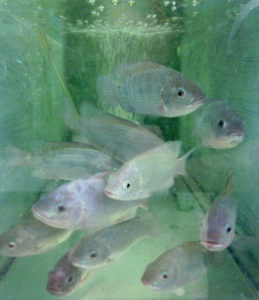
Tilapias are widely cultured in the tropical and subtropical regions of the world. They are the most diversified species geographically, with increasing production expected to be around 6.4 million metric tons in 2017. Markets are growing steadily with the rapid expansion of tilapia production capacity in Asia and Latin America. Given its importance for global aquaculture, nutritional research geared towards the optimization of feeds for Nile tilapia (Oreochromis niloticus) is vital for the tilapia aquaculture industry.
Amino acids are biologically important compounds for animals. Fish cannot synthesize all amino acids, and the 10 essential amino acids (EAAs) must be supplied in feeds at adequate levels. EAAs play important roles in fish growth, nutritional physiology, immunity, behavior, larval metamorphosis, reproduction and resistance to environmental stressors.
The branched-chain proteinogenic amino acids (BCAAs) Ile, Leu and valine (Val), play very important roles in certain biochemical reactions and growth. Ile and Leu deficiency results in biochemical malfunction, including growth retardation in fish. On the other hand, excess dietary Ile and Leu have been found to depress growth of other farmed fish species, and the three BCAAs can display mutual antagonism, with the Ile vs. Leu or Leu vs, Val antagonism being the most potent.
Earlier research by others defined the dietary requirements of Ile, Leu, and Val of Nile tilapia defined to be 0.87, 0.95 and 0.78 percent, respectively, resulting in a relative ratio of 1:1.1:0.9. This proportional relationship differs relative to ratios found in a range of practical feed ingredients, which display a relative surplus of Leu, but resemble ratios found in whole-body profile (Table 1).
Therefore, the purpose of our study was to evaluate whether excess supplementation of Ile and Leu (at a level of 2.5 percent) in a practical diet would affect the production performance and health indicators of juvenile Nile tilapia. Our research was supported by NSF-HBCU-UP Award #1436426 Targeted Infusion Project: Promoting Minority Students Participation in STEM-Undergraduate Degree Programs at Kentucky State University; and by USDA NIFA-CBG Grant #2013-38821120 Strengthening Environmental Science Program for Preparing Minority Young Scientists for the 21st Century.
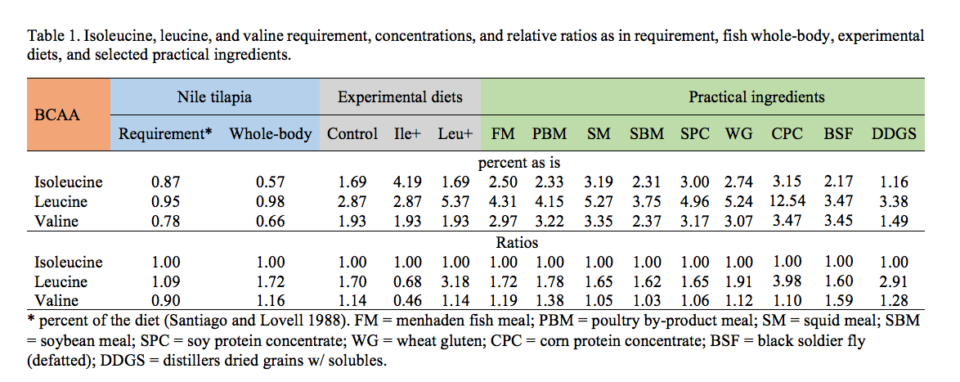
Study setup
Three isonitrogenous (40 percent crude protein, CP) and isolipidic (10 percent lipid) experimental diets were formulated to contain different levels of the BCAAs Ile and Leu. A control diet (Control) was formulated using practical ingredients and contained 1.69 and 2.87 percent Ile and Leu, respectively. Two additional diets were formulated identically to Control, but were supplemented with Ile (Ile+) or Leu (Leu+) each at an excess of 2.5 percent substituting for L-aspartic acid (Table 2).
Nile tilapia (~1.5 grams) were obtained from Louisiana Specialty Aquafarms LLC in Harvey, La., and transported to the Aquaculture Nutrition Laboratory located at the Aquaculture Research Center of Kentucky State University. Following acclimation, fish were stocked into a 2,000-liter fiberglass tank operating as a recirculating aquaculture system (RAS) and were fed with a commercial feed (40 percent CP, 12 percent lipid) until they attained the adequate size for the feeding trial.
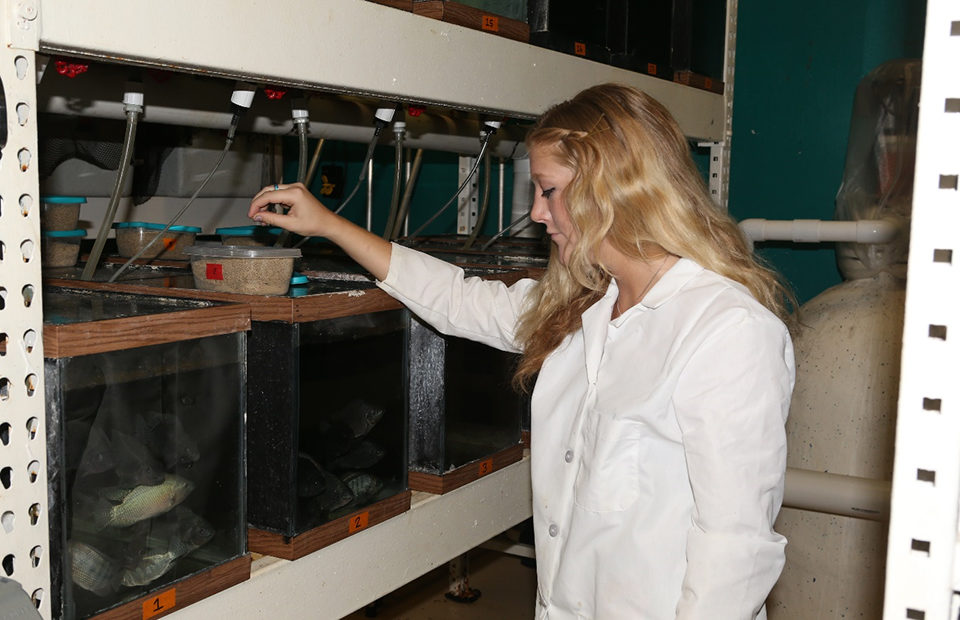
Upon commencement of the feeding trial, groups of 20 juvenile Nile tilapia (4.0 grams, initial weight) were sorted by hand and stocked into nine 110-liter glass aquaria operating as a RAS, and were randomly grouped into three treatments. After a seven-day conditioning period, fish in each of three aquaria were fed three times daily to apparent satiation for eight weeks. Water quality parameters were maintained within acceptable ranges for Nile tilapia. At the end of the feeding trial, after a 24-hour fasting, fish from each aquarium were group-weighed, counted and a representative number of fish (seven total) were sampled for data collection.
Teets, Table 2
| Diet | Control | Ile+ | Leu+ |
|---|---|---|---|
| Supplemental Ile (%) | 0 | 2.5 | 0 |
| Supplemental Leu (%) | 0 | 0 | 2.5 |
| Percent, dry matter basis | |||
| Menhaden fishmeal | 10.0 | 10.0 | 10.0 |
| Poultry byproduct meal | 10.0 | 10.0 | 10.0 |
| Soybean meal | 35.0 | 35.0 | 35.0 |
| Wheat gluten | 3.53 | 3.53 | 3.53 |
| Wheat flour | 27.02 | 27.02 | 27.02 |
| Carboxymethyl cellulose | 1.5 | 1.5 | 1.5 |
| Menhaden oil | 2.0 | 2.0 | 2.0 |
| Soybean oil | 4.7 | 4.7 | 4.7 |
| Vitamin premix | 0.6 | 0.6 | 0.6 |
| Stay C (35 percent vitamin C) | 0.3 | 0.3 | 0.3 |
| Choline chloride | 0.2 | 0.2 | 0.2 |
| Mineral premix | 0.4 | 0.4 | 0.4 |
| Calcium phosphate dibasic | 2.0 | 2.0 | 2.0 |
| DL-Methionine | 0.25 | 0.25 | 0.25 |
| L-Aspartate | 2.5 | 0.0 | 0.0 |
| L-Isoleucine | 0.0 | 2.5 | 0.0 |
| L-Leucine | 0.0 | 0.0 | 2.5 |
| Crude Protein (%) | 40 | 40 | 40 |
| Lipid (%) | 10 | 10 | 10 |
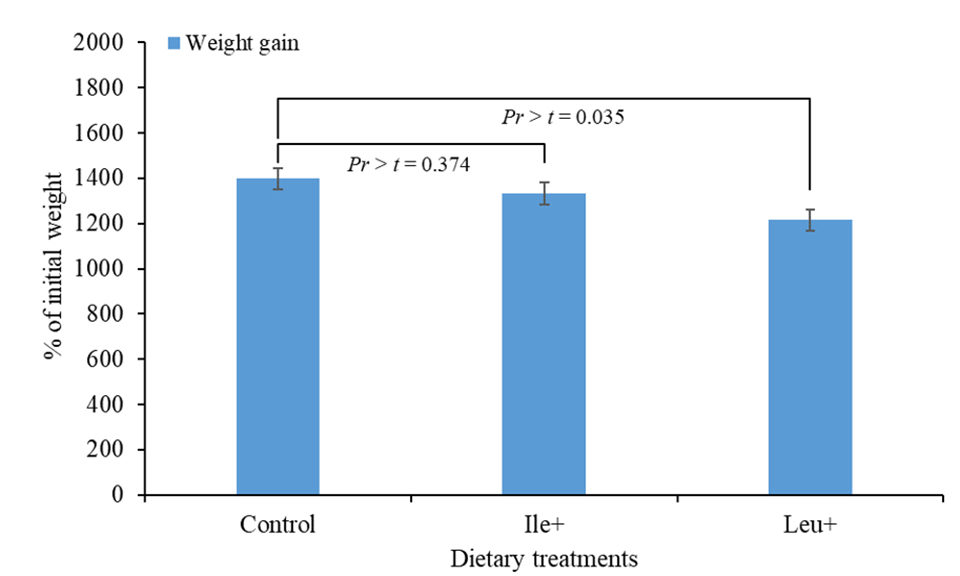
Results and discussion
Teets, Table 3
| Diet | Initial weight (g) | Final weight (g) | FI (% BW/day) | Survival (%) |
|---|---|---|---|---|
| Control | 4.0 ± 0.01 | 59.9 ± 2.0 | 6.5 ± 0.1 | 100 ± 0 |
| Ile+ | 3.9 ± 0.11 | 56.3 ± 2.4 | 6.7 ± 0.4 | 98 ± 2 |
| Leu+ | 4.0 ± 0.03 | 52.6 ± 1.6 | 6.5 ± 0.5 | 95 ± 0 |
| Contrasts (Pr>t) | ||||
| Control vs Ile+ | 0.493 | 0.256 | 0.738 | 0.267 |
| Control vs Leu+ | 0.972 | 0.042 | 0.946 | 0.010 |
SE = standard error; FI = feed intake; BW = body weight (g).
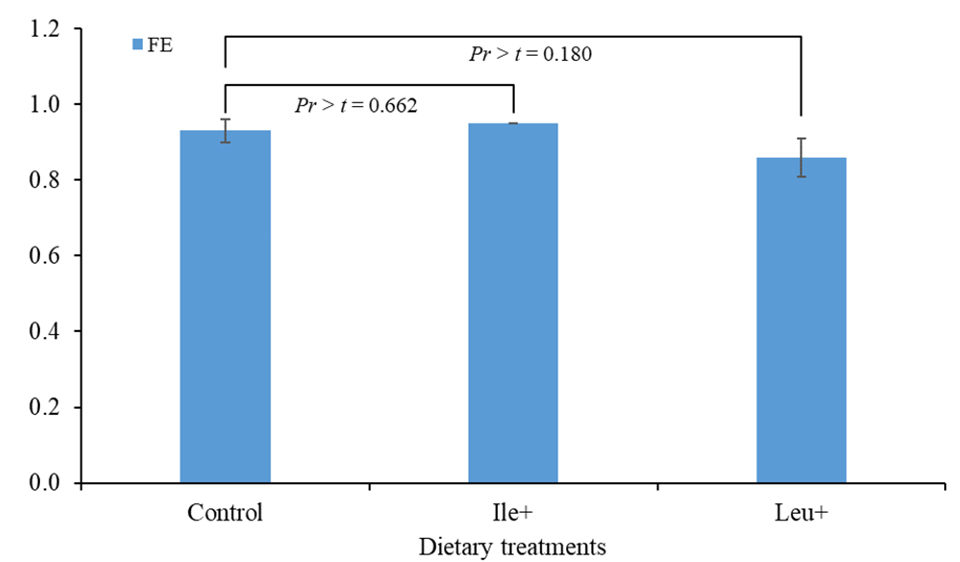
Teets, Table 4
| Diet | Albumin g/dL | Globulin g/dL | TBIL mg/dL | ALT U/L | ALP U/L | Amylase U/L | Glucose mg/dL | Phosphorous mg/dL | Sodium mmol/L |
|---|---|---|---|---|---|---|---|---|---|
| Control | 1.80 ± 0.35 | 1.87 ± 0.12 | 0.50 ± 0.06 | 23.3 ± 3.3 | 28.7 ± 1.2 | 11.3 ± 2.9 | 55.0 ± 5.5 | 9.5 ± 1.4 | 154 ± 3.8 |
| Ile+ | 1.63 ± 0.26 | 1.90 ± 0.10 | 0.43 ± 0.07 | 25.0 ± 1.5 | 40.3 ± 4.7 | 13.7 ± 4.2 | 50.0 ± 1.0 | 8.7 ± 0.4 | 150 ± 0.3 |
| Leu+ | 2.17 ± 0.37 | 2.20 ± 0.36 | 0.40 ± 0.06 | 27.3 ± 2.4 | 32.0 ± 3.5 | 20.5 ± 2.5 | 52.0 ± 5.5 | 9.3 ± 0.6 | 154 ± 1.5 |
| Pr>t | |||||||||
| Control vs. Ile+ | 0.734 | 0.921 | 0.468 | 0.655 | 0.054 | 0.641 | 0.465 | 0.583 | 0.283 |
| Control vs. Leu+ | 0.463 | 0.339 | 0.289 | 0.303 | 0.519 | 0.142 | 0.656 | 0.901 | 0.925 |
SE = standard error; TBIL = total bilirubin; ALT = alanine aminotransferase; ALP = alkaline phosphatase.
Perspectives
The calculated ratios of the BCAAs in the Control diet used in this study indicated a surplus of Leu if compared to the ratios calculated from quantitative requirement values, but were very similar to those calculated based on the profile of whole-tilapia juveniles (~30 grams). Overall, the dietary treatments evaluated in this study supported rapid growth of juvenile Nile tilapia.
Supplementation of BCAA is not a common practice in commercial feed formulations as practical ingredients commonly used would supply adequate amounts of these essential amino acids. Based on our evaluation, only diets formulated using corn protein concentrate as the sole protein source would exceed the total Leu level (5.37 percent) evaluated in this study, and such costly formulation would be economically impractical for Nile tilapia. Nevertheless, from a scientific point of view, identifying the mechanisms underlying potential antagonistic interactions among, or toxicity of, BCAA continues to be an interesting research topic in aquatic animal nutrition.
References available from corresponding author.
Authors
-

Cora Teets
Undergrad student STEM Research Assistant–Aquaculture Nutrition
Division of Aquaculture; College of Agriculture, Food Science and Sustainable Systems (CAFSSS)
Kentucky State University
Frankfort, KY 40601 USA -

Habte-Michael Habte-Tsion, Ph.D.
Researcher – Aquaculture Nutrition
Division of Aquaculture; College of Agriculture, Food Science and Sustainable Systems (CAFSSS)
Kentucky State University
Frankfort, KY 40601 USA -

Ken Thompson, M.Sc.
Research Assistant – Aquaculture Nutrition
Division of Aquaculture; College of Agriculture, Food Science and Sustainable Systems (CAFSSS)
Kentucky State University
Frankfort, KY 40601 USA -

Vikas Kumar, Ph.D.
Former Assistant Professor – Aquaculture Nutrition
Division of Aquaculture; College of Agriculture, Food Science and Sustainable Systems (CAFSSS)
Kentucky State University
Frankfort, KY 40601 USA -

Waldemar Rossi Jr., Ph.D.
Corresponding author
Research Professor – Aquaculture Nutrition
Division of Aquaculture; College of Agriculture, Food Science and Sustainable Systems (CAFSSS)
Kentucky State University
Frankfort, KY 40601 USA
[117,100,101,46,117,115,121,107,64,105,115,115,111,114,46,114,97,109,101,100,108,97,119]
Tagged With
Related Posts
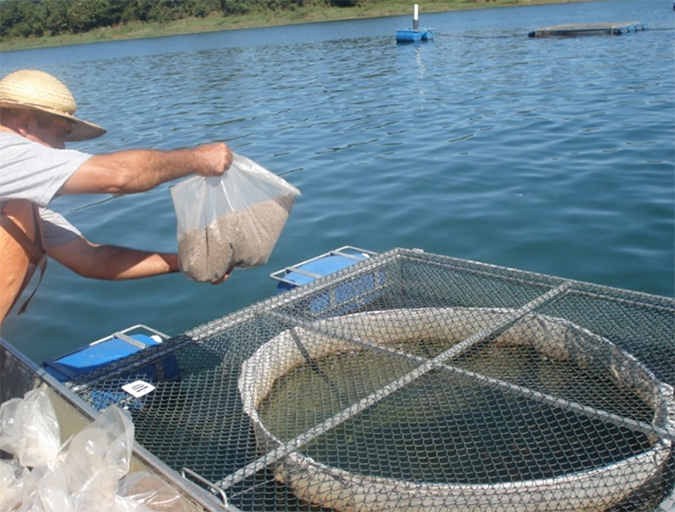
Health & Welfare
Aiding gut health with a natural growth promotor
A study with Nile tilapia conducted in commercial production cages in Brazil showed the potential – in the absence of major disease threats – of a commercial, natural growth promotor that modulates the microbiota (inhibiting growth of pathogenic bacteria and promoting growth of beneficial bacteria) and inhibits quorum sensing.
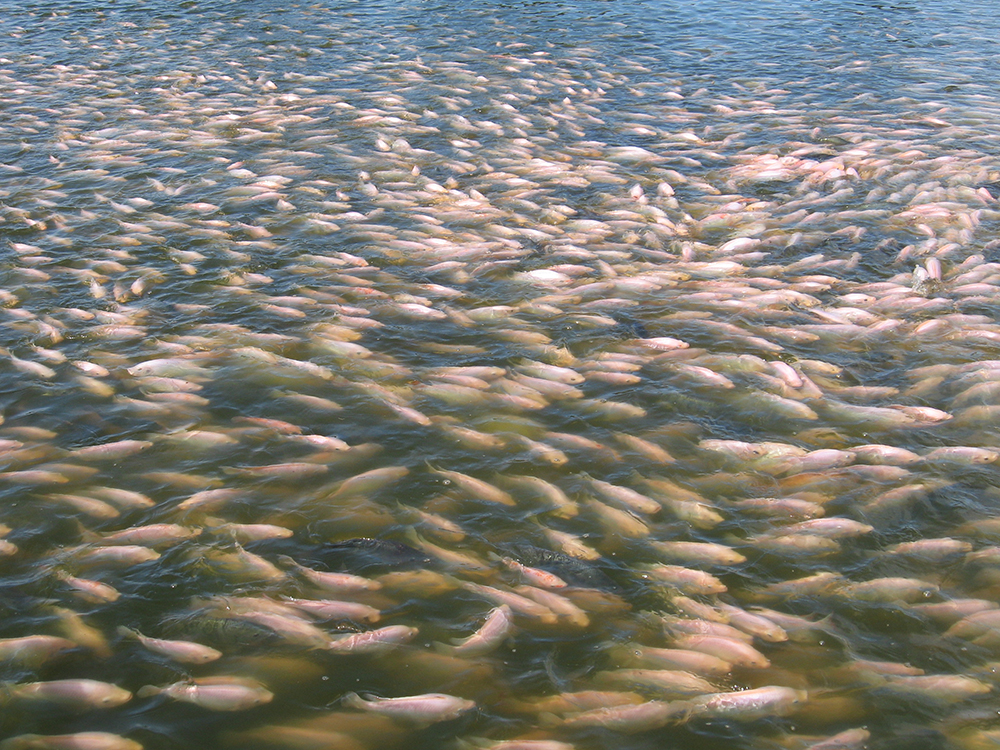
Intelligence
Considerations for tilapia farming in saltwater environments
Tilapias are farmed in a variety of production systems, but mostly in freshwater and low-salinity waters. But tilapias are an excellent candidate for aquaculture in brackish- and seawater because they can tolerate a wide range of water salinity.
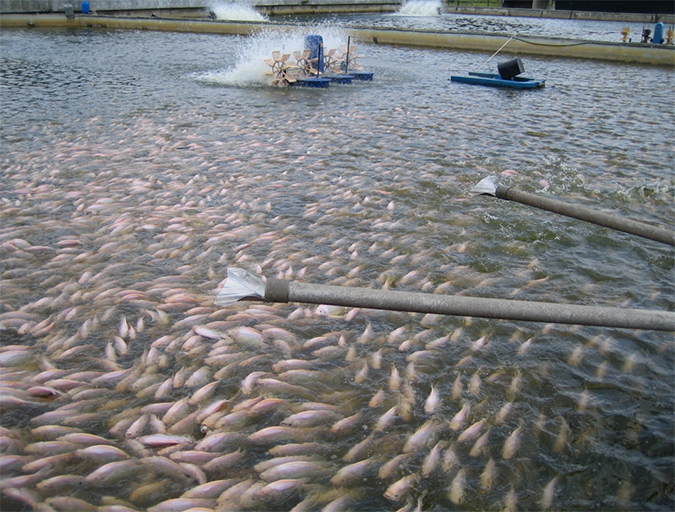
Health & Welfare
Dietary organic acids used as growth promoters, anti-microbials
A feeding trial measured growth, nutrient utilization and faecal/gut bacterial counts in triplicate groups of red hybrid tilapia (Oreochromis sp.). Study results show that dietary organic acids can potentially replace OTC as a growth promoter and anti-microbial in tilapia feeds.
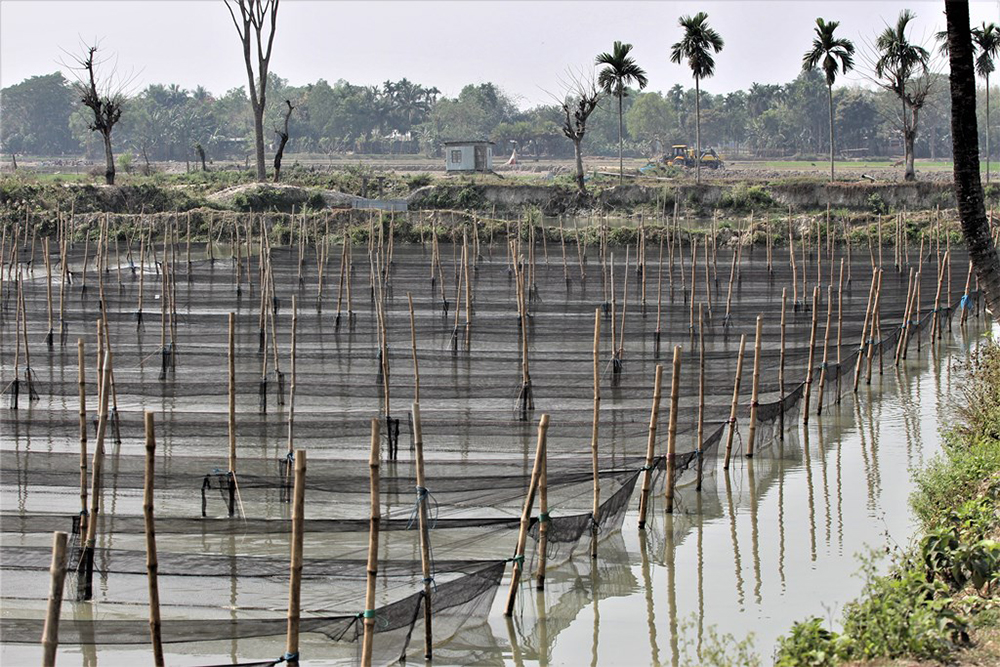
Intelligence
Bangladesh’s tilapia aquaculture industry shows resilience
Tilapia aquaculture in Bangladesh has developed significantly since 1999, based on the Genetically Improved Farmed Tilapia (GIFT) strain of Nile tilapia (Oreochromis niloticus) introduced from Malaysia and on the significant genetic improvement research work by the Bangladesh Fisheries Research Institute (BFRI).

